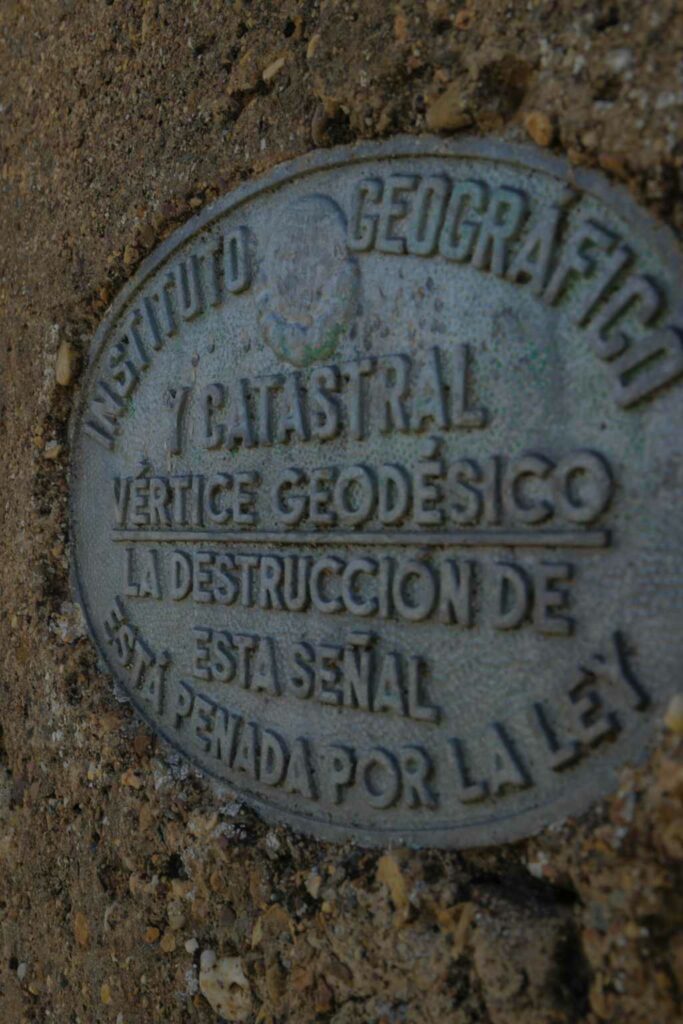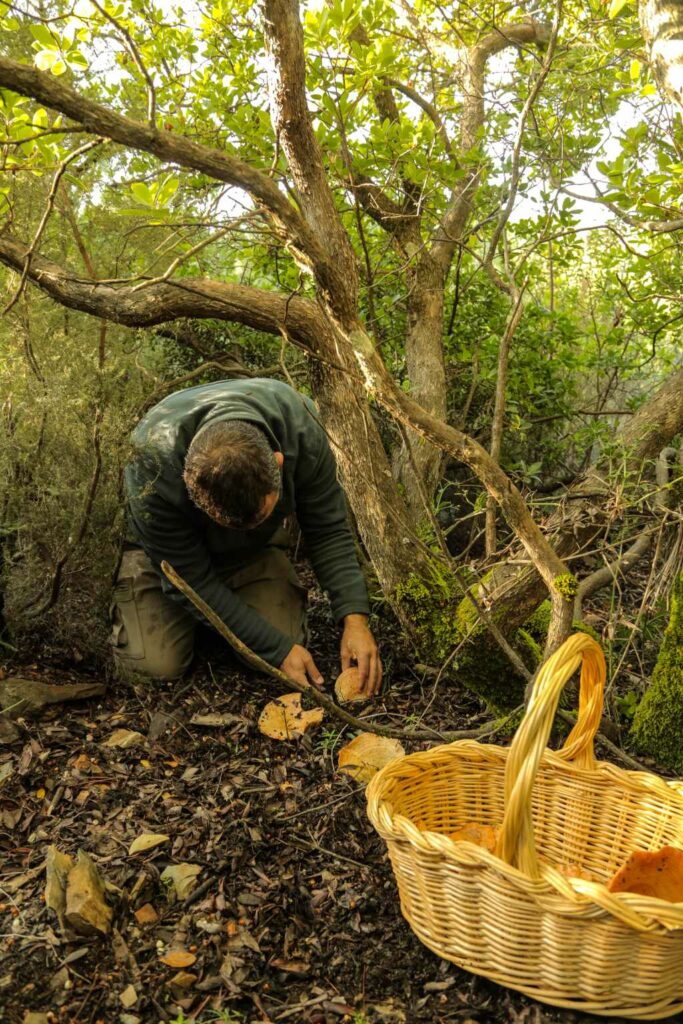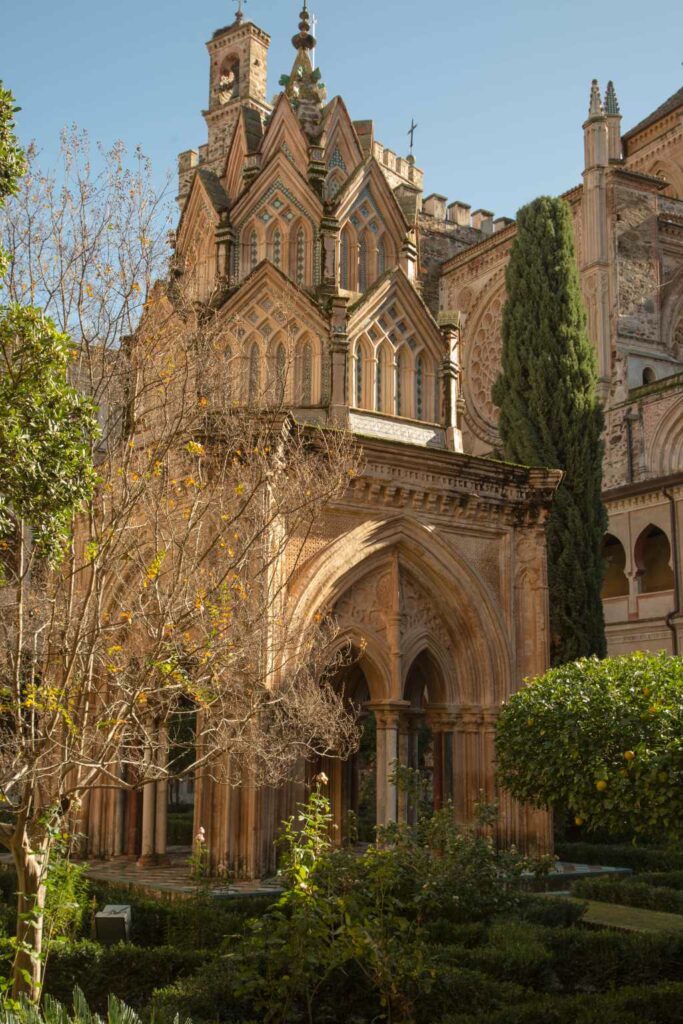Visigoth Road
A little history…
The scant documentary and archaeological information and the wide historiographic gap that the Visigoth period has received in our region has meant the absence of a more exhaustive and extensive study on the knowledge of these peoples, who came from central and northern Europe after the abandonment, crisis and subsequent disappearance of the Roman Empire around the 5th century AD. This lack of references related to our path raises the need to expose all the facts and indications that linked these peoples who inhabited the peninsula from the mid-5th century to the beginning of the 8th century, with the subsequent foundation and consolidation of our Monastery of Guadalupe. in the fourteenth century. And it is that our pilgrim itinerary takes its name from the period of the main religious center that currently remains in our region, the Basilica of Santa Lucía del Trampal de Alcuéscar, from the Visigothic period. We all know that the current patron saint of our region is the Virgin of Guadalupe, but this was not always the case. In pre-Roman times, the goddess Ataecina was worshiped in this area, who was represented in the form of a goat. We have numerous epigraphs of this goddess in the region and half of all existing ones were found here, in Santa Lucía del Trampal. We do not know what would be the reasons that would bring pilgrims to these places in ancient times, although given the avenging character of the goddess, it could well be to ask for punishment for some robbery, as it appears on the marble plaque in the Mérida museum, which invokes the punishment by the goddess for the perpetrator of the theft, and as seems to be hinted at in one of the inscriptions of Santa Lucia. The basilica has the peculiarity, together with Guadalupe, of being sanctuaries with difficult access, perhaps enhancing the mysticism hidden inside deep forests, giving greater emphasis to the sacred character of these divinities whom the faithful would find in their initial pilgrimage the reasons of their spiritual search. This path would not be understood without the legacy left by these Visigothic peoples who came from the north, they brought the explicit right for the development of the existing communities, they did not define, but were influential, but they were wrong and had to disappear, leaving their mark along our way, in the form of architectural structures of great symbolism, archaeological remains, along with writings and legends.Guadeloupe Tourist Office
Plaza Santa María de Guadalupe, 10140 · Guadalupe
Tel: 927 154 128
oficinadeturismo@ayuntamientodeguadalupe.es
Aprodervi
Calle Zorilla, 1
10136 Cañamero · Cáceres
Tel: 927 369 429
Fax: 927 369 196
www.aprodervi.com.es



